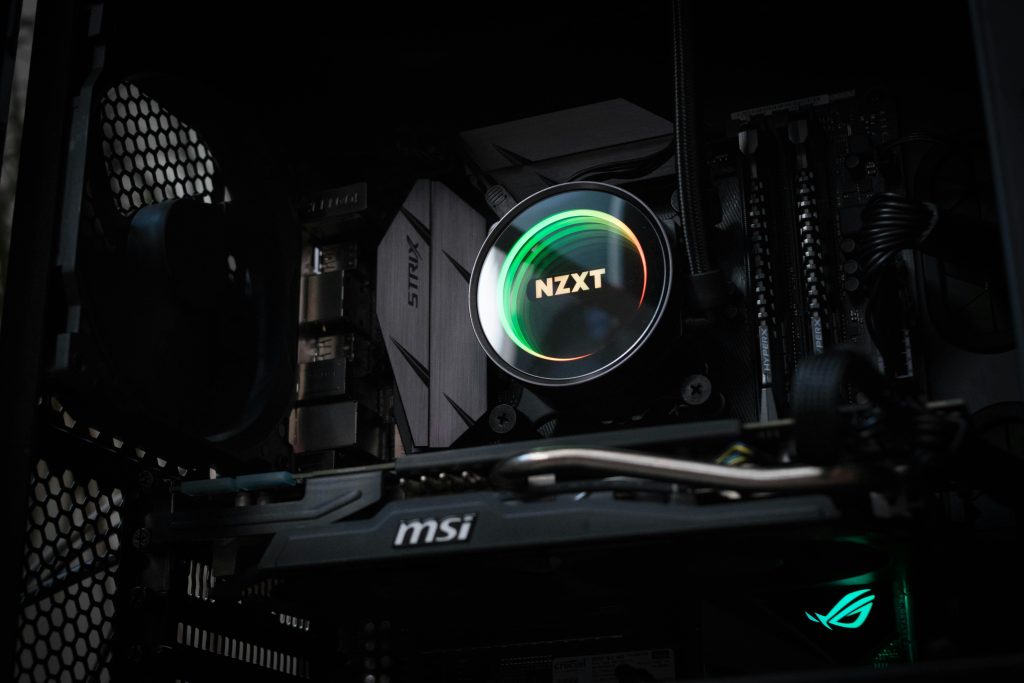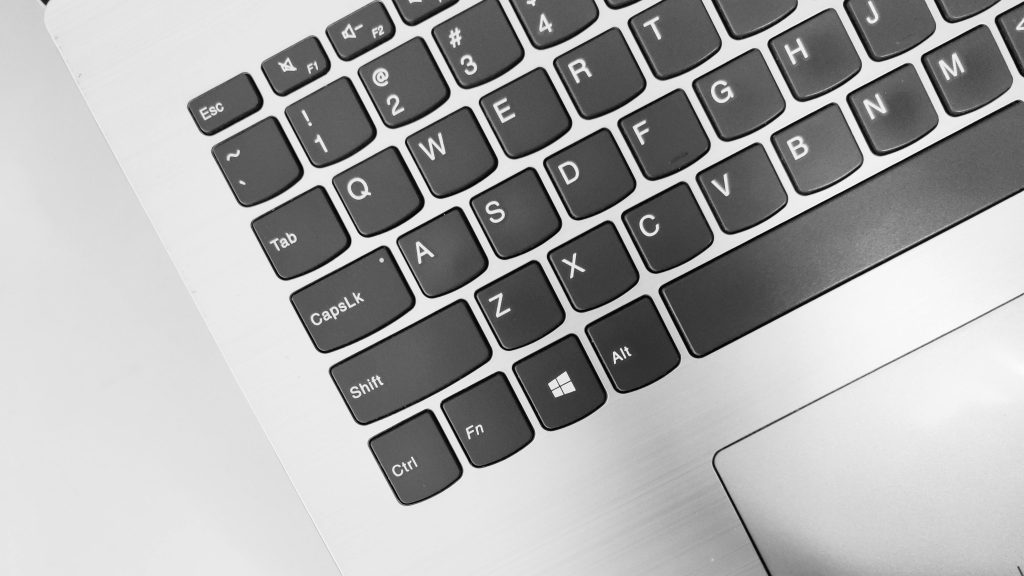Understanding the Purpose of USB-C Cable Designations: Device vs. Power
In the ever-evolving world of technology, USB-C cables have garnered significant attention for their multifunctionality and sleek design. However, one aspect that often raises questions among users is the specific labeling of the cable ends—designated as “device” and “power.” If you’ve ever found yourself wondering about the relevance of these distinctions, you’re not alone.
At first glance, the functionality of USB-C may seem straightforward: one end connects to a device, while the other connects to a power source. After all, power flows in one direction, so why the need for specific identifiers? Let’s delve into the reasoning behind this design choice.
Streamlining Device Functionality
The primary purpose of distinguishing between “device” and “power” ends on a USB-C cable is to optimize performance and compatibility. Different devices have varied power requirements, and ensuring that the correct end connects to the appropriate source facilitates efficiency and prevents potential malfunctions. When using cables designed with specific ends, users are less likely to experience issues such as inadequate power delivery or data transfer errors.
Enhancing User Experience
Another significant advantage of these labels is to enhance the user experience. In a world where convenience and ease of use are paramount, clear designations help users quickly identify how to connect their devices without confusion. For those who may not be tech-savvy, such labeling demystifies the process and simplifies interactions with various gadgets, from smartphones to laptops.
Avoiding Damage to Devices
Lastly, there are safety concerns. Connecting a device to the incorrect cable end could not only result in poor performance but could also risk damaging the device or compromising data integrity. By having clearly marked ends, manufacturers aim to reduce the risk of user error, safeguarding both the devices and the cables themselves.
Conclusion
In conclusion, the designation of USB-C cable ends as “device” and “power” is not just a matter of semantics; it serves a vital purpose in ensuring efficiency, enhancing user experience, and protecting devices. As technology continues to evolve, understanding these nuances will not only help you make informed purchasing decisions but also ensure that you utilize your devices to their full potential. So next time you reach for a USB-C cable, you’ll appreciate the thoughtful design behind these seemingly simple labels.
Share this content:




Thank you for sharing this detailed article on USB-C cable designations. As a technical support engineer, I’d like to add a few tips to help you make the most of your cables:
If you encounter any issues with power delivery or data transfer, double-check your cable’s designations and compatibility. Feel free to contact us with specific device models or trouble symptoms, and we’ll assist